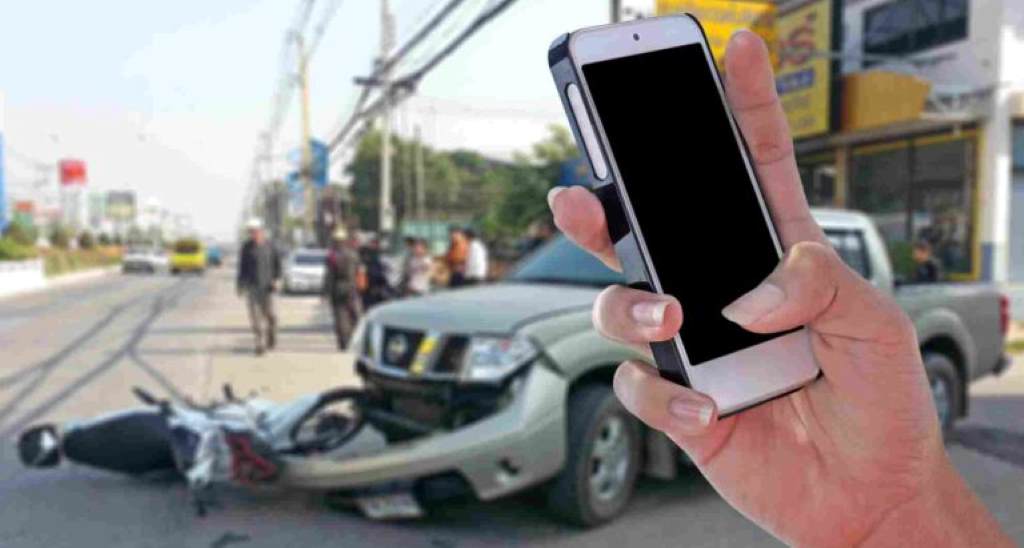Semi-trucks are the backbone of the logistics industry, making their reliable performance absolutely critical. To keep your semi-truck running at peak efficiency and minimize unexpected breakdowns, a proactive and comprehensive maintenance plan is key. Here’s a step-by-step guide designed to help semi-truck owners keep their rigs in top condition:
1. The Daily Walkaround Inspection:
Before each trip, a thorough walkaround inspection is your first line of defense. Check for:
- Leaks: Look for any signs of fluid leaks under the engine, transmission, and other components.
- Tire Condition: Inspect tires for proper inflation, uneven wear, cuts, or bulges.
- Lights: Test headlights, taillights, brake lights, and turn signals for proper function.
- Mirrors and Windows: Ensure mirrors are clean and properly adjusted. Check for any cracks or damage to windows.
- Connections: Make sure hoses, wires, and belts are securely connected and not showing signs of wear. Additionally, it’s important to check all parts of your vehicle, including understanding what is a wheel seal on semi trucks, to ensure everything is in optimal condition.
2. Weekly Checks:
- Engine Fluids: Check and top off engine oil, coolant, and washer fluid levels.
- Brake System: Inspect brake pads for wear and ensure there are no leaks in the brake lines.
- Air Filter: Check the air filter for dirt and debris; replace if necessary.
- Cab Interior: Clean the interior of the cab, including windows, dashboard, and seats.
3. Monthly Maintenance:
- Battery: Check battery terminals for corrosion and clean them if needed. Test the battery’s charge.
- Wheel Bearings: Inspect wheel bearings for proper lubrication and signs of wear.
- Chassis Lubrication: Lubricate all grease fittings on the chassis and suspension.
- Trailer Inspection: Check trailer lights, brakes, and tire condition.
4. Quarterly Maintenance:
- Engine Oil and Filter Change: Replace the engine oil and oil filter as per the manufacturer’s recommendations.
- Fuel Filter: Replace the fuel filter to prevent contaminants from affecting engine performance.
- Transmission Fluid: Check transmission fluid level and condition; top up or replace if needed.
- Coolant System: Inspect hoses and clamps for wear; pressure test the cooling system for leaks.
- Differential Fluid: Check differential fluid level and change if necessary.
5. Semi-Annual Maintenance:
- Drive Belts: Inspect and replace any worn or frayed drive belts.
- Brake System: Check brake lining thickness and replace if needed. Inspect brake drums and rotors.
- Steering System: Check the power steering fluid level and look for leaks. Inspect the steering linkage for wear.
- Suspension: Inspect shock absorbers and springs for leaks and damage.
- Electrical System: Check wiring for damage, and inspect connections for corrosion.
Related: How to Take Care of a Semi Truck
6. Annual Maintenance:
- Engine Tune-Up: If needed, adjust valves, check timing, and replace spark plugs (for gasoline engines).
- Transmission Service: Have the transmission serviced by a qualified technician.
- Clutch Adjustment: (For manual transmissions) Check and adjust the clutch as needed.
- Alternator and Starter: Have these components tested and replaced if necessary.
7. Record Keeping:
Maintain a detailed maintenance logbook to track all repairs, replacements, and inspections. This log will prove invaluable for warranty claims, resale value, and overall fleet management.
Additional Tips:
- Pre-Trip Inspection: Develop a comprehensive checklist for your daily walkaround inspection.
- Use Quality Parts: Always use high-quality parts and fluids that meet or exceed the manufacturer’s specifications.
- Professional Service: For complex repairs or services, rely on qualified and experienced technicians.
- Cleanliness: Keep your semi-truck clean, both inside and out. This helps prevent corrosion and makes it easier to spot potential issues.
By following this step-by-step maintenance plan and incorporating these additional tips, you can significantly extend the life of your semi-truck, improve fuel efficiency, reduce downtime, and ensure safe and reliable operation on the road. Remember, proactive maintenance is always more cost-effective than unexpected repairs.




